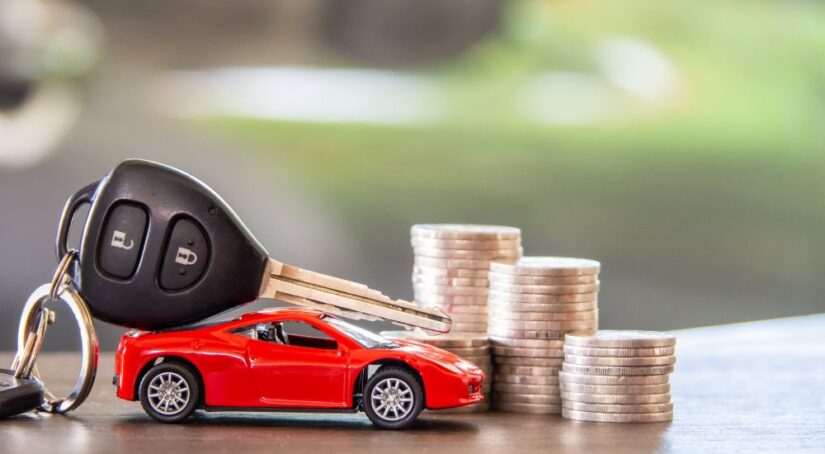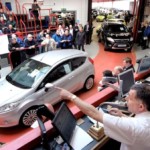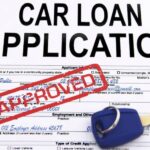The used car market is a massive market, and it has been on a tremendous rise when it comes to revenue due to the pandemic playing a big part in how people shopped for cars in the last few years. This also included big sales from the post-pandemic situation where a lot of people returning to work needed a car or a replacement. The automotive market had a major boon due to the used car market surging during the pandemic, but everyone knew that such a scenario wasn’t sustainable indefinitely.
If you’re planning on shopping for a used car, truck, or SUV in 2023, you may have to do a lot more lab work than you originally thought because the market isn’t quite going where you may have thought it was regarding used car prices. This is due to fluctuations from a number of ongoing issues as many shoppers hope for stabilization within the market. However, at the moment, that stabilization still seems to be a ways off.
Short Supply, High Prices
Used car sales booming wasn’t the only thing that occurred during the pandemic. While a lot of dealers managed to make big bank on vehicles being moved off their lots, there was another major thing occurring at the same time: there were supply chain constraints. This was one of the biggest elements affecting both new and used car sales.
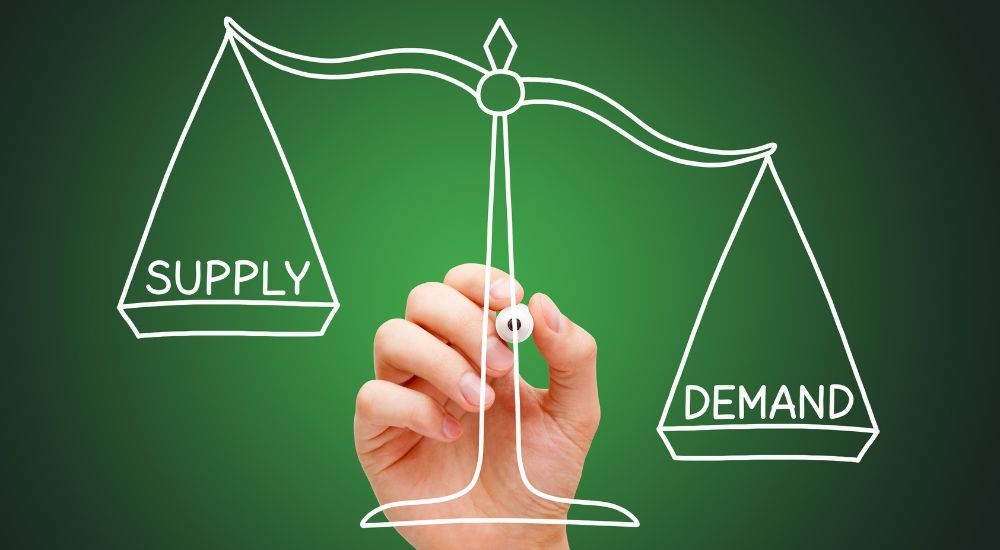
The supply chain was majorly affected by chip shortages, which in turn meant that a lot of new vehicles just weren’t rolling off the assembly fast enough. In turn, this caused dealers a major shortage on new car sales and a major boon for used car sales. Lots of people bought lots of used cars in the meantime. In turn, however, the lack of new cars being sold and the uptick in used cars being sold meant that there was another supply chain issue: if people weren’t buying new cars, it meant they also couldn’t sell their cars to put back into the used car market, which meant that a limitation on new cars put a constraint on the available supply of used vehicles.
In turn, this has resulted in used car prices steadily going up as supply on the used market is being affected by the lack of supply from new cars being sold. This has all had a trickle-down effect from manufacturer to dealer to buyer. In fact, dealers have been forced to compensate for the supply chain setback, which has hiked up prices on used vehicles, as noted in a report by Yahoo! Finance, where Jeremy Robb, the senior director of economic and industry insights at Cox Automotive, told the outlet…
“The U.S. auto market typically see[s] a strong spring bounce in used vehicle sales and prices, as demand grows, fueled in part by tax return season. This year, the bounce came earlier than anticipated[…] We witnessed strong retail demand in January and early February, which surprised some dealers who were tight on inventory. The early bounce sent many dealers into the wholesale market to restock inventory, and that has driven up wholesale prices.”
The bounce comes after a third and fourth-quarter drop in used vehicle valuation, where the industry took a pretty big nose dive, according to the Manheim Used Vehicle Index. Throughout most of 2022, however, used vehicle prices had been trending downward off the high that the market incurred during 2020 and 2021. However, what probably wasn’t expected was for the prices to skyrocket once again as the after-effects of the market disruption continue to have a long tail in the used car sector.
Buy Now or Risk Higher Prices…Maybe
One of the big takeaways from the current economic fluctuations is that it’s best to buy a vehicle right now while you can because the prices might continue to climb. However, that isn’t always true. As indicated by the Manheim analytic report, there was a steep decline in used car prices throughout the second and third quarters of 2022, resulting in that being a prime time to get in on the used car market for another vehicle. But will 2023 be a repeat of 2022’s pricing drop-off?
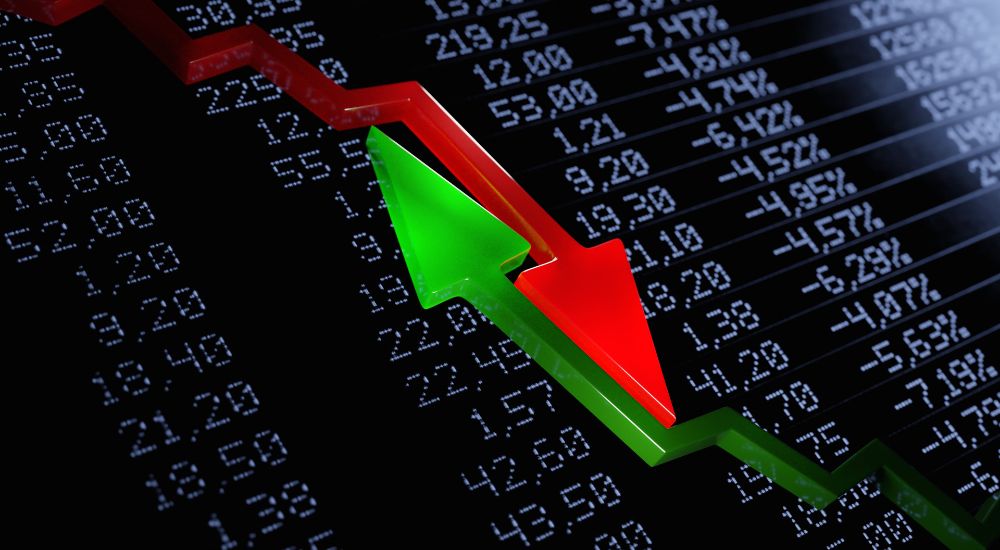
Well, things are a little bit different heading into 2023. Interest rates were soaring throughout 2022, and that steady increase from the Federal Reserve keeping interest rates high has led to some potential shoppers second guessing getting a loan for a new or used vehicle. In fact, the uncertainty surrounding how the interest rates may fluctuate in 2023––where we saw a definitive increase in 2022––leaves some potential shoppers wondering if buying now is the best bet instead of risking a higher price further into the year. This line of thinking may have spurred some shoppers into action, leading them to buy a vehicle in early 2023 as opposed to waiting and buying during a downtrend in the interest rates or after their income tax was in.
In fact, some prominent dealers are a little unsure about whether waiting or acting now is the best decision. Scott Kunes, COO of Kunes Auto and RV Group, told Business Insider…
“Often, people are asking me, is this a good time to buy a car, or should I wait? Most times, I say don’t wait because we don’t know what tomorrow’s going to bring. I do think that even though right now may not feel like the best time to buy a vehicle, it probably still is.”
The report goes on to say that supply and inventory are now up but not back to pre-pandemic normal. There is also a lot of talk about the market never truly going back to the way it was and that this is the new normal: a constant fluctuation of highs and lows based on supply and demand, as well as interest from consumer markets and supply from manufacturers. Throwing in constantly changing emission standards, alternative fuel options, and disruptions in typical trim offerings, we will likely continue to see a change in how people shop for cars, when they shop, and where they shop.
Where Used Car Prices Are on the Rise
One thing to keep in mind, however, is that not every place you shop for a used car will have high prices or the same rates. Doing the leg work is more important now than ever before because you may find that you will have to do a lot of shopping around and investigative work to find exactly what you want and for a price you’re comfortable with. In fact, some states actually have higher average used car prices than others, and that’s something to keep in mind when you’re out car shopping. This can also vary per dealer and per region within that state.
A good example is that Alaska and Wyoming have the highest average costs for a used vehicle at $40,462 and $41,405, respectively. According to a recent report, Alaska saw a 50% increase in used car prices since 2020, with rates steadily increasing from 2020 up through 2021 and 2022. These kinds of challenges can definitely make it difficult for prospective car shoppers to buy a used car in some regions.
However, there is hope: not every state is seeing a constant rise in used car prices at the same rate. But rather, there is a fluctuation going on based on Federal interest rates, supply, demand, and availability. In short, while the used car market looks disruptive at the moment, there are still glimmers of good deals and best buys to take advantage of if you know where to look. So yes, now more than ever, it’s important to make use of resources that can help you make the right decision in buying a used car and knowing when to strike while the iron is hot.
